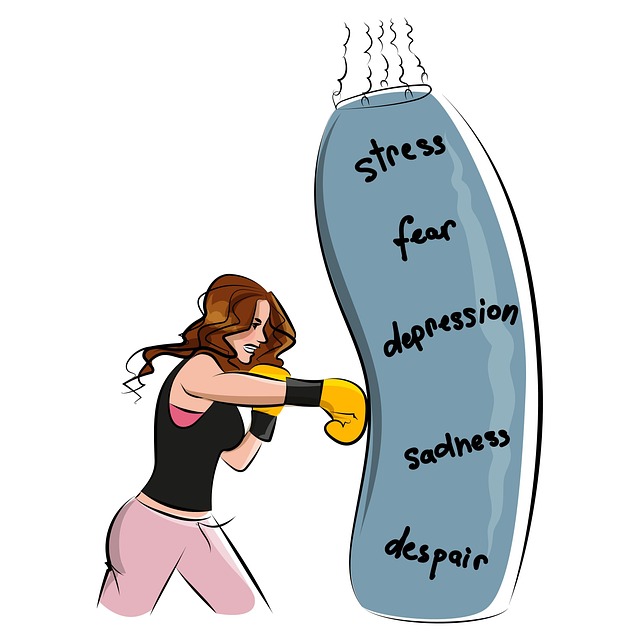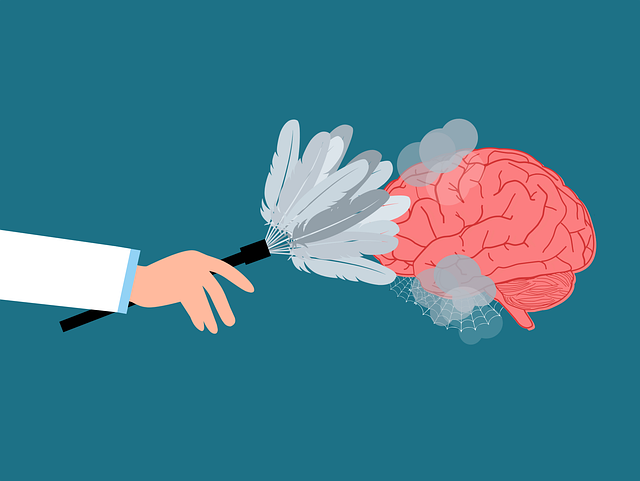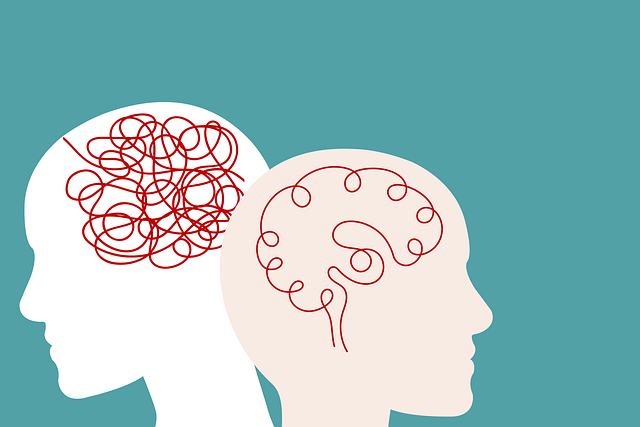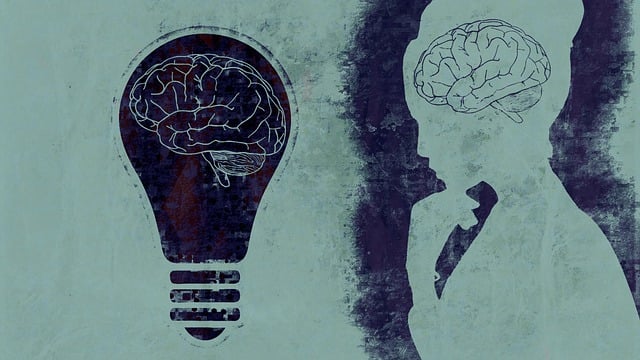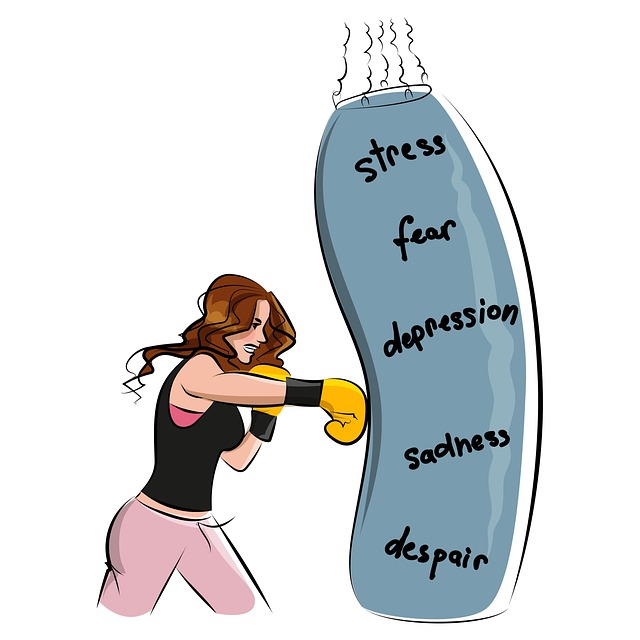Community outreach programs focused on adolescent mental health integrate biofeedback therapy, offering a holistic approach to care. This innovative method teaches teens self-regulation skills through real-time sensor feedback, improving emotional well-being and trauma management. By combining traditional healing with modern techniques, these programs empower young individuals with effective coping strategies, fostering resilience in today's demanding world. Biofeedback, supported by positive policy analysis, is a game-changer in mental wellness coaching for adolescents, ensuring accessible and inclusive care.
Community outreach programs play a vital role in addressing adolescent mental health. This article explores effective strategies, focusing on biofeedback therapy as a unique approach to stress management for teen well-being. We delve into understanding community outreach and its impact, providing best practices for implementation. From measuring success to evaluating the effectiveness of biofeedback therapy, this guide equips professionals with tools to enhance services for adolescent teens seeking mental health support.
- Understanding Community Outreach for Adolescent Mental Health
- Biofeedback Therapy: A Unique Approach to Stress Management
- Implementing Effective Programs: Strategies and Best Practices
- Measuring Success: Evaluating the Impact on Teen Well-being
Understanding Community Outreach for Adolescent Mental Health

Community outreach programs play a pivotal role in addressing the mental health needs of adolescent teens. Understanding community outreach for adolescent mental health involves recognizing the unique challenges faced by this demographic and tailoring support systems accordingly. It’s not just about providing therapy for adolescent teens; it’s about creating accessible spaces that encourage self-care practices and foster emotional healing processes.
Incorporating biofeedback, a powerful tool in therapeutic regimens, allows for a more holistic approach to mental health care. By focusing on trauma support services within the community, outreach programs can help break down barriers to access, ensuring that vulnerable teens receive the necessary care. This involves educating both adolescents and their support networks about available resources, promoting self-awareness, and encouraging the adoption of healthy coping mechanisms.
Biofeedback Therapy: A Unique Approach to Stress Management

Biofeedback therapy offers a unique approach to stress management, particularly tailored for adolescent teens. This innovative treatment involves teaching individuals how to control their physical responses to stress through real-time feedback from sensors that monitor physiological signals like heart rate and muscle tension. By learning to regulate these responses, teens can gain better control over their emotional well-being.
In the context of mental health policy analysis and advocacy, biofeedback therapy has shown promise in improving not only stress management but also overall mental health outcomes. Effective communication strategies facilitate the dissemination of knowledge about this therapeutic option, fostering positive thinking among adolescent teens. By integrating biofeedback into community outreach programs, we can empower young individuals with valuable coping mechanisms, enhancing their resilience in today’s challenging environment.
Implementing Effective Programs: Strategies and Best Practices

Implementing effective community outreach programs requires a strategic approach that addresses the unique needs of the target population, especially when focusing on vulnerable groups like adolescent teens. One innovative and evidence-based technique to consider is incorporating biofeedback therapy into your program. Biofeedback teaches individuals how to control certain body functions, promoting self-regulation skills that can be particularly beneficial for teens dealing with stress, anxiety, or even trauma. This non-invasive method has shown promise in enhancing mental wellness coaching programs by providing practical tools for managing emotional and physical responses.
Additionally, navigating cultural sensitivity in mental healthcare practice is essential for successful community outreach. Trauma support services that are culturally adapted can increase accessibility and trust among diverse populations. Incorporating best practices from various fields, such as integrating traditional healing methods alongside modern therapy techniques, ensures that programs are inclusive and effective. By adopting these strategies, community outreach initiatives can better serve adolescent teens in need, fostering a healthier and more resilient community through holistic mental wellness coaching.
Measuring Success: Evaluating the Impact on Teen Well-being

Measuring the success of community outreach programs, especially those focused on adolescent well-being, is crucial to understanding their impact and identifying areas for improvement. One effective method involves evaluating the programs’ influence on teen mental health, particularly in managing anxiety and trauma. By incorporating therapeutic techniques such as biofeedback, these initiatives can teach young individuals valuable communication strategies to express and cope with their emotions effectively.
The integration of biofeedback therapy for adolescent teens offers a unique approach to assessing progress. This technique enables participants to gain control over physiological responses related to stress and anxiety, thereby enhancing their overall well-being. As the programs evolve, tracking these improvements can provide valuable insights into the long-term benefits of community outreach efforts in supporting trauma support services and promoting anxiety relief among teenagers.
Community outreach programs focused on adolescent mental health, incorporating innovative techniques like biofeedback therapy, can significantly enhance teen well-being. By understanding the needs of young individuals and implementing effective strategies, we can create a supportive environment that addresses their unique challenges. Using biofeedback as a tool for stress management offers a promising path to improving mental health outcomes. Measuring success through comprehensive evaluations ensures these programs are making a tangible impact, fostering resilience and healthier lives among adolescent teens.


